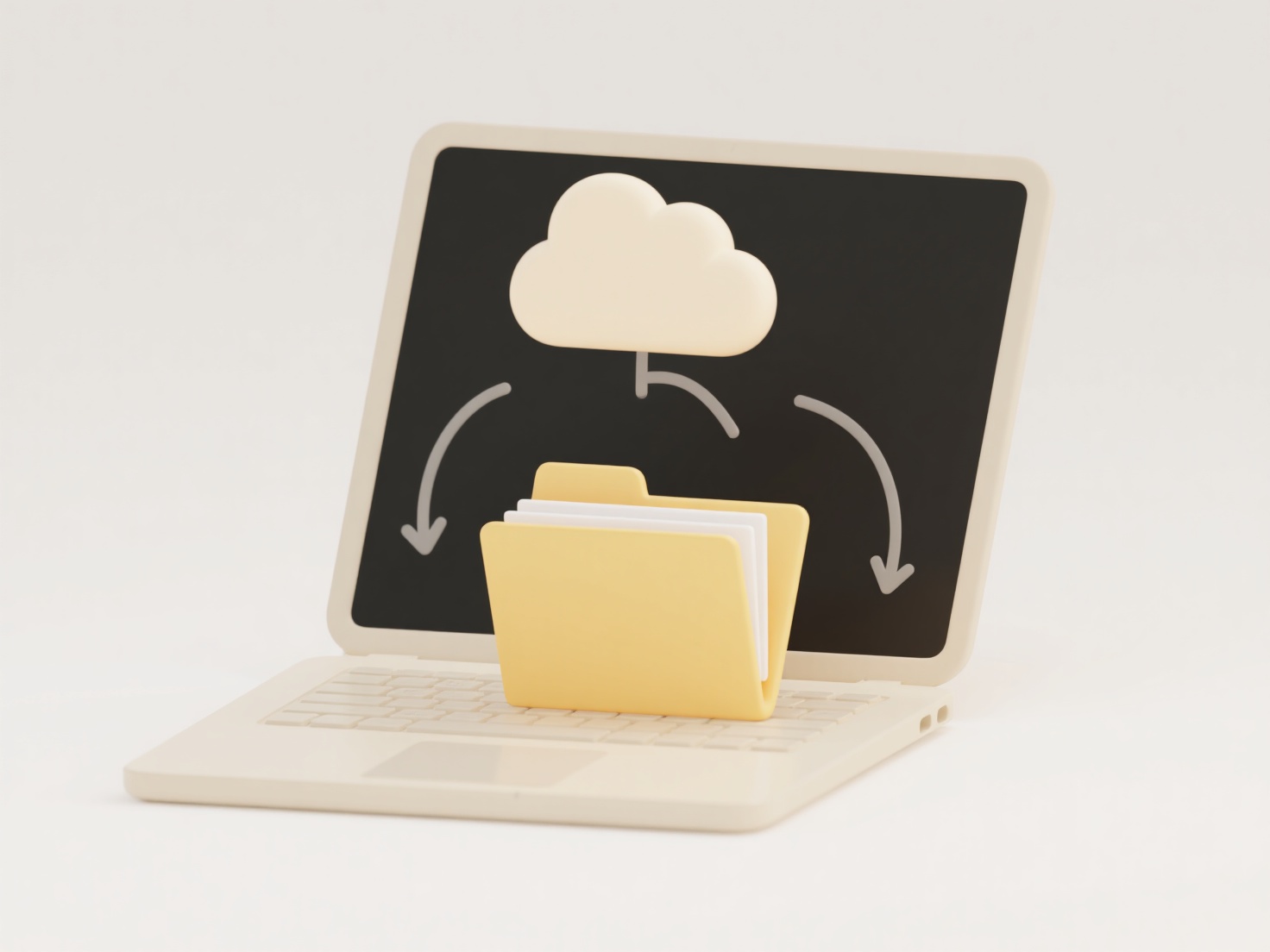
A .ai file is Adobe Illustrator's native file format, designed specifically for vector graphics. Unlike raster images (like JPEGs or PNGs) that use pixels, vector graphics are created using mathematical paths and points. This allows Illustrator files (.ai) to store scalable artwork—logos, illustrations, typography—without losing quality when resized. While similar in purpose to other vector formats like SVG or EPS, .ai files are tightly integrated with Adobe's features and workflows.

These files are essential in professional graphic design and branding. For example, a designer creates company logos and marketing materials in Adobe Illustrator, saving them as .ai files to preserve all editable layers, paths, and fonts. Print production studios also heavily rely on .ai files for large-scale outputs like billboards or packaging, ensuring crispness at any scale. Industries using .ai include advertising, publishing, and product design.
The key advantage is editability and infinite scalability without quality loss within Adobe's ecosystem. However, .ai files are primarily limited to Adobe software; sharing often requires exporting to compatible formats like PDF or EPS. While other tools might open them, complex features may not render perfectly. Future developments focus on better cloud integration within Adobe Creative Cloud, improving collaborative workflows while maintaining fidelity across devices.
What is a .ai file?
A .ai file is Adobe Illustrator's native file format, designed specifically for vector graphics. Unlike raster images (like JPEGs or PNGs) that use pixels, vector graphics are created using mathematical paths and points. This allows Illustrator files (.ai) to store scalable artwork—logos, illustrations, typography—without losing quality when resized. While similar in purpose to other vector formats like SVG or EPS, .ai files are tightly integrated with Adobe's features and workflows.

These files are essential in professional graphic design and branding. For example, a designer creates company logos and marketing materials in Adobe Illustrator, saving them as .ai files to preserve all editable layers, paths, and fonts. Print production studios also heavily rely on .ai files for large-scale outputs like billboards or packaging, ensuring crispness at any scale. Industries using .ai include advertising, publishing, and product design.
The key advantage is editability and infinite scalability without quality loss within Adobe's ecosystem. However, .ai files are primarily limited to Adobe software; sharing often requires exporting to compatible formats like PDF or EPS. While other tools might open them, complex features may not render perfectly. Future developments focus on better cloud integration within Adobe Creative Cloud, improving collaborative workflows while maintaining fidelity across devices.
Quick Article Links
How do I save a backup from a cloud-based file?
Saving a backup from a cloud-based file means creating a separate copy stored locally on your device or on a different s...
Does Wisfile comply with data privacy regulations like GDPR?
Does Wisfile comply with data privacy regulations like GDPR? Wisfile ensures strict compliance with privacy regulatio...
How do I plan storage hierarchy for enterprise scale?
Planning storage hierarchy for enterprise scale involves strategically organizing different storage tiers (such as SSD, ...